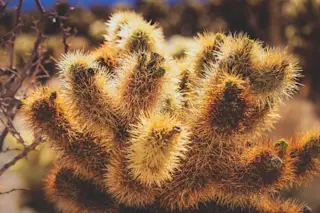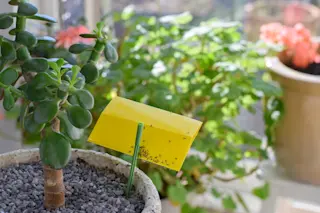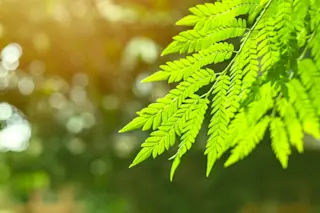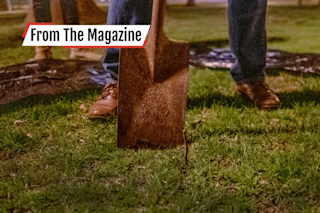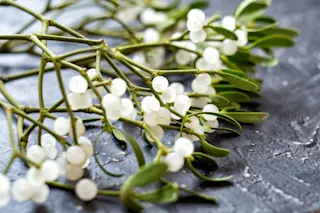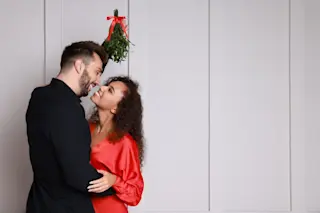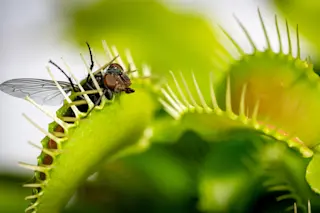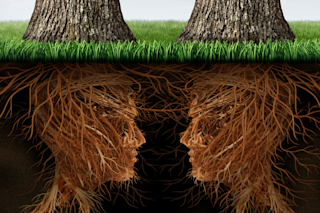As anyone who’s gotten too close to a jumping cholla cactus can attest, the experience is singularly painful — and difficult to resolve, as the cactus’ spines are particularly stubborn to remove.
Cactus spines have many functions, from protection to the collection of vital water in dry climates, but some are so much harder to remove than others. Now researchers have found out why.
Stephanie Crofts and Philip Anderson of the University of Illinois put the spines of six species of cactus to the test to see how the spines’ structure affects their function, including their ability to puncture animal skin. Their results, published in the Proceedings of the Royal Society B, show that the microstructural traits that improve a spine’s ability to puncture flesh also increase the level of difficulty required to remove it.
In particular, cholla and other barbed cactus spines have a structure similar to porcupine quills, ...


